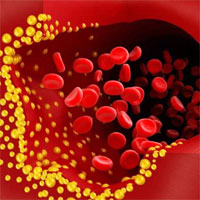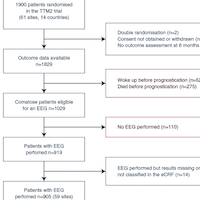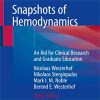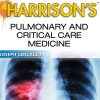Arterial Carbon Dioxide and Acute Brain Injury in VA-ECMO
journals.lww.com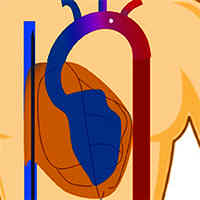
Acute brain injury (ABI) occurs frequently in patients receiving venoarterial extracorporeal membrane oxygenation (VA-ECMO). We examined the association between peri-cannulation arterial carbon dioxide tension (PaCO2) and ABI with granular blood gas data. We retrospectively analyzed adult patients who underwent VA-ECMO at a tertiary care center with standardized neuromonitoring.
Pre- and post-cannulation PaCO2 were defined as the mean of all PaCO2 values in the 12 hours before and after cannulation, respectively. Peri-cannulation PaCO2 drop (ΔPaCO2) equaled pre- minus post-cannulation PaCO2. ABI included intracranial hemorrhage (ICH), ischemic stroke, hypoxic-ischemic brain injury, cerebral edema, seizure, and brain death.
Univariable logistic regression analysis was performed for the presence of ABI.
Out of 129 VA-ECMO patients (median age = 60, 63% male), 43 (33%) patients experienced ABI. Patients had a median of 11 (interquartile range: 8–14) peri-cannulation PaCO2 values. Comparing patients with and without ABI, pre-cannulation (39 vs. 42 mm Hg; p = 0.38) and post-cannulation (37 vs. 36 mm Hg; p = 0.82) PaCO2 were not different.
However, higher pre-cannulation PaCO2 (odds ratio [OR] = 2.10; 95% confidence interval [CI] = 1.10–4.00; p = 0.02) and larger ΔPaCO2 (OR = 2.69; 95% CI = 1.18–6.13; p = 0.02) were associated with ICH. In conclusion, in a cohort with granular arterial blood gas (ABG) data and a standardized neuromonitoring protocol, higher pre-cannulation PaCO2 and larger ΔPaCO2 were associated with increased prevalence of ICH.

